Source: analyticsinsight.net AI and ML can be used to conduct Cyber-attacks against Autonomous Cars Innovative automakers, software developers and tech companies are transforming the automotive industry. Today, drivers enjoy enhanced entertainment, information options and connection with the outer world. As cars move toward more autonomous capabilities, the stakes are increasing in terms of security. As per a Read More
Tag: autonomous
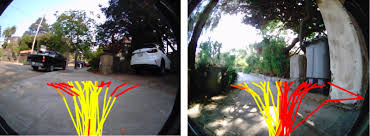
Source: venturebeat.com UC Berkeley AI researchers say they’ve created AI for autonomous vehicles driving in unseen, real-world landscapes that outperforms leading methods for delivery robots driving on sidewalks. Called LaND, for Learning to Navigate from Disengagements, the navigation system studies disengagement events, then predicts when disengagements will happen in the future. The approach is meant Read More
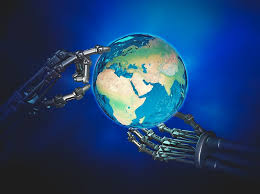
Source: unite.ai When discussing Artificial Intelligence (AI), a common debate is whether AI is an existential threat. The answer requires understanding the technology behind Machine Learning (ML), and recognizing that humans have the tendency to anthropomorphize. We will explore two different types of AI, Artificial Narrow Intelligence (ANI) which is available now and is cause for concern, Read More

Source: gizmodo.com.au When some people hear the term ‘artificial intelligence’ their initial reaction is to imagine a dystopian future where robots have risen up and overthrown humanity. The truth is, application of AI technology in our day-to-day lives is a lot less sinister. It might not be long before these technologies become common in our Read More

Source: chemeurope.com Molecules are the building blocks of everyday life. Many materials are composed of them, a little like a LEGO model consists of a multitude of different bricks. But while individual LEGO bricks can be simply shifted or removed, this is not so easy in the nanoworld. Atoms and molecules behave in a completely Read More
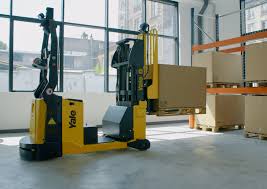
Source: roboticsandautomationnews.com The 100-year-old locksmith’s company partners with Balyo to offer robotic solutions such as autonomous forklift trucks for the material handling industry. Yale Europe Materials Handling says it now offers “sophisticated robotic solutions” which can adjust to changes in their surroundings. All trucks in the Yale robotics range can be linked to a warehouse management system Read More
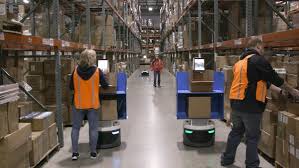
Source: dcvelocity.com Locus Robotics, the market leader in autonomous mobile robots (AMR) for fulfillment warehouses, today announced a strategic partnership with Balloon One, a London-based provider of software and supply chain applications for distribution, manufacturing and e-commerce companies. Together, Balloon One and Locus Robotics will provide customers with a more efficient, cost-effective solution to meet Read More
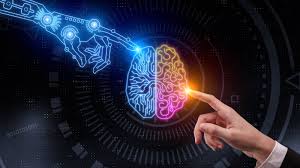
Source: palmbeach.floridaweekly.com Florida Atlantic University recently announced that the Dorothy F. Schmidt College of Arts and Letters, in collaboration with FAU’s Brain Institute, hired Susan Schneider, Ph.D., as William F. Dietrich Chair in Philosophy. Dr. Schneider will bring her experience in analyzing the moral and ethical issues related to artificial intelligence and machine consciousness to Read More

Source: analyticsinsight.net Robots have been deployed in manufacturing to fill several rule-based operations. Fully autonomous robots in manufacturing are utilized for high-volume, repetitive processes work which demands speed and accuracy for the process of lifting, holding and moving heavy pieces. Manufacturing robots automate rule-based repetitive tasks, enable a human workforce to shift its focus on Read More
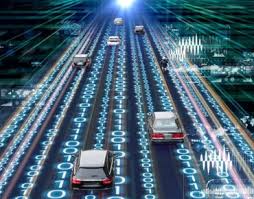
Source: enterpriseai.news Autonomous vehicles are developed with a wide range of self-driving capabilities. Some vehicles provide basic automation, like cruise control and blind-spot detection, while other vehicles are reaching fully-autonomous capabilities. Many of these capabilities are being made possible by AI technology. However, before talking about big scale deployments for smart city transportation, more work is Read More

Source: bweducation.businessworld.in A new distance learning project that will enable more people to develop skills in robotics and autonomous systems, to help close the skills gap and drive forward productivity in the UK, is being launched by researchers from the University of Sheffield. The project, led by Professor Tony Prescott from the University of Sheffield’s Read More

Source: analyticsinsight.net Looking at quantum computing-fueled applications of the future, we much of the time look to the innovation’s capability to take care of computationally-intensive mathematical problems, which could lead to breakthroughs in drug discovery, logistics, cryptography, and finance. A research paper by Bernhard Dieber and different scholastics entitled Quantum Computation in Robotic Science and Applications, Read More
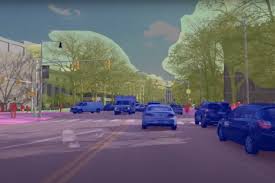
Source: securitytoday.com The following was issued as a joint release from the MIT AgeLab and Toyota Collaborative Safety Research Center. How can we train self-driving vehicles to have a deeper awareness of the world around them? Can computers learn from past experiences to recognize future patterns that can help them safely navigate new and unpredictable Read More
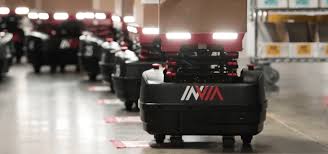
Source: roboticsandautomationnews.com inVia’s modular automation system, which includes a fleet of 200 autonomous mobile robots and AI-driven software, will modernize Kantsu’s e-commerce fulfillment process. It will automate the picking process and allow warehouse workers to sort at rates of 800-900 units per hour per person, says inVia. This will overcome the limitations of manual picking Read More
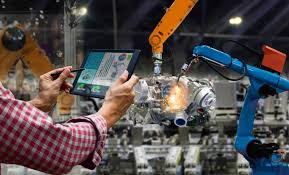
Source: readwrite.com Artificial intelligence and the Internet of things (AIoT) is one of the newest players on the tech scene, and it’s already garnered attention at a rapid pace. That’s thanks to its compelling combination of intelligent cognition, edge computing, and autonomous capabilities. While IoT on its own is no doubt powerful, connected networks can Read More
Source: e3zine.com Leveraging AI’s full potential doesn’t mean developing a pilot project in a vacuum with a handful of experts – which, ironically, is often called accelerator project. Companies need a tangible idea as to how artificial intelligence can benefit them in their day-to-day operations. For this to happen, one has to understand how these Read More
Source: AI robotics startup Covariant recently closed Series B funding with a capital infusion of $40 million. The funding spotlights the needs of autonomous robots in industries like manufacturing, warehousing, supply chain and logistics to streamline tasks. To date, the company has raised $67 million. The latest investment will be used to strengthen product development and scale Read More

Source: zdnet.com One of the big regulatory hurdles to the commercial adoption of drones — the kind that fly as well as the kind that roll down sidewalks and may one day deliver you a pizza — is collision safety. A small handful of safety incidents could have major consequences for adoption, and many regulatory bodies are loath to Read More

Source: therobotreport.com Most robots are as good as or even better than humans at certain repetitive tasks. However, autonomous systems operating in complex, dynamic environments can benefit from human judgment in edge-case situations. Synthiam Inc. has developed Exosphere, which bids out tasks for cloud-based robots to artificial intelligence and human controllers. Calgary, Alberta-based Synthiam also offers Autonomous Read More

Source: analyticsindiamag.com Artificial Intelligence (AI) represents a drastic change in the technological evolution. At the moment, this technology is used in every field of science. We have seen the use of AI in various arenas such as autonomous vehicles, face recognition and robotics, among others. Similarly, it is also embedded in the medical field in Read More
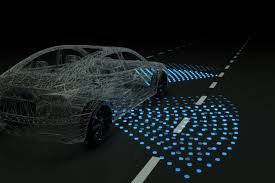
Source: engineering.com A new simulation system allows driverless vehicles to be trained in an environment with infinite steering possibilities. While autonomous vehicles typically rely on datasets from real-world human drivers, simulated testing opens up opportunities for cars to encounter and navigate through a variety of worst-case scenarios before they’re even released out on the streets. Read More
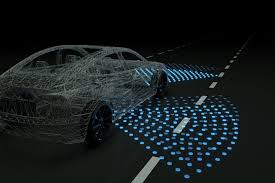
Source: technologynetworks.com A simulation system invented at MIT to train driverless cars creates a photorealistic world with infinite steering possibilities, helping the cars learn to navigate a host of worse-case scenarios before cruising down real streets. Control systems, or “controllers,” for autonomous vehicles largely rely on real-world datasets of driving trajectories from human drivers. From Read More
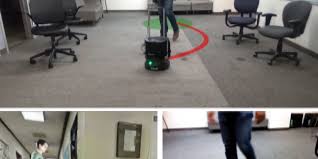
Source: venturebeat.com In a study published this week on the preprint server Arxiv.org, Google and University of California, Berkely researchers propose a framework that combines learning-based perception with model-based controls to enable wheeled robots to autonomously navigate around obstacles. They say it generalizes well to avoiding unseen buildings and humans in both simulation and real-world environments and that it Read More
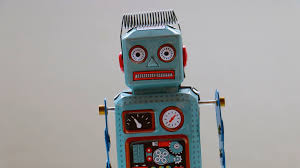
Source: towardsdatascience.com The following is based on my observations of machine learning teams — not an academic survey of the industry. For context, I’m a contributor to Cortex, an open source platform for deploying models in production. This March, Starsky Robotics—the popular autonomous trucking startup—announced they would be shutting down. In his post-mortem, founder Stefan Seltz-Axmacher explained Read More
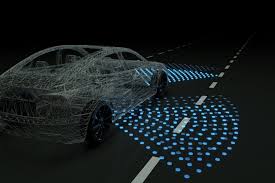
Source: news.mit.edu A simulation system invented at MIT to train driverless cars creates a photorealistic world with infinite steering possibilities, helping the cars learn to navigate a host of worse-case scenarios before cruising down real streets. Control systems, or “controllers,” for autonomous vehicles largely rely on real-world datasets of driving trajectories from human drivers. Read More
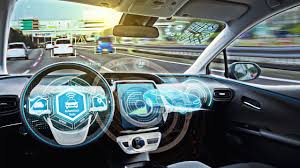
Source: en.brinkwire.com Driverless truck startup Starsky Robotics is shutting down, but not before sharing some cold hard truths about the autonomous driving industry. Founded in 2015, Starsky proposed a combination of self-driving and remote control for a fleet of next-generation trucks, saving full autonomy for the highway. Rather than build a driverless truck that could Read More
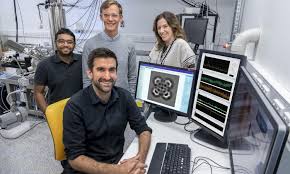
Source: drugtargetreview.com A new collaboration has demonstrated fully-autonomous Scanning Probe Microscopy (SPM) operation, applying artificial intelligence (AI) and deep learning to remove the need for constant human supervision. According to the researchers, the new system, dubbed DeepSPM, bridges the gap between nanoscience, automation and AI, firmly establishing the use of machine learning for experimental scientific research. “Optimising Read More
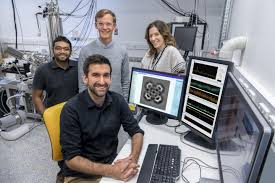
Source: eurekalert.org An Australian-German collaboration has demonstrated fully-autonomous SPM operation, applying artificial intelligence and deep learning to remove the need for constant human supervision. The new system, dubbed DeepSPM, bridges the gap between nanoscience, automation and artificial intelligence (AI), and firmly establishes the use of machine learning for experimental scientific research. “Optimising SPM data acquisition Read More
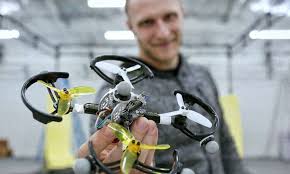
Source: techxplore.com Drones, specifically quadcopters, are an adaptable lot. They’ve been used to assess damage after disasters, deliver ropes and life-jackets in areas too dangerous for ground-based rescuers, survey buildings on fire and deliver medical specimens. But to achieve their full potential, they have to be tough. In the real world, drones are forced to navigate Read More

Source: brisbanetimes.com.au What do the Pentagon, the Vatican and some of the big players in Silicon Valley have in common? They have all embraced ethical principles to guide the development of artificial intelligence that are superficially big on ambition, but sadly lacking any teeth. Getting a framework to guide AI is critical because of the Read More
